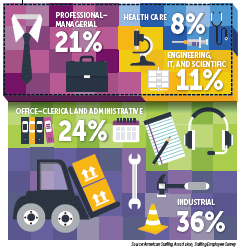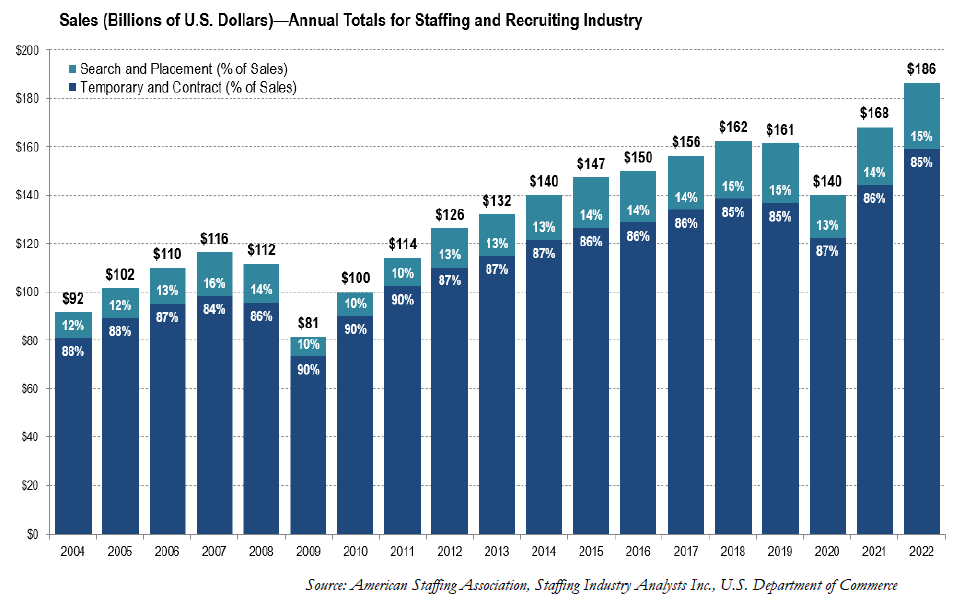The American Staffing Association is proud to announce that Simone Bielsker, TSC, CSP, ASA program director of information systems, is the recipient of an Association for Women Technology Champions Technology Champion award. Bielsker has played an integral role in keeping ASA on the cutting edge of technology and data-driven decision making. Her work led to… More ›
Friday, Oct. 20 12 noon–2 p.m. Eastern time Register now Who Should Attend Members of the boards of directors for ASA-affiliated chapters: ALSA, CSA, CSP, FSA, GSA, ISSA, KSA, MASA, MKSSA, MNRSA, MSA, NJSA, NYSA, OSSA, RISA, SCSA, WASS Highlights Amanda Lea Kaiser keynote speaker, engagement strategist and author, Elevating Engagement: Uncommon Strategies for Creating… More ›
ASA is the staffing industry’s leading source for economic data, survey reports, research, and analysis, giving firms valuable market and competitive insight, and clients and industry watchers an informed perspective on the industry. Here’s a glimpse into how all this is unleashing data-driven growth and success stories for members. More ›
Volunteers from the ASA Women in Leadership council will review all submissions and select a group of semifinalists by Friday, June 21. Semifinalists will have the opportunity to submit a video presenting a working draft of their potential THRIVEx talk to the council—due Friday, July 19. Winners will be selected after review of the videos…. More ›
Joanie Bily’s New Book, Dive In D.E.E.P., to Support ASA Women in Leadership Scholarship Program
Proceeds to Benefit Emerging Women Leaders in the Staffing Industry The American Staffing Association is excited to announce that Joanie Bily—chief experience officer at Employbridge, president of RemX, first vice chair of the ASA board of directors, and author of the newly released book Dive In D.E.E.P.—will be donating proceeds from the book to the… More ›




